Letter of Recommendation Template for Various Purposes
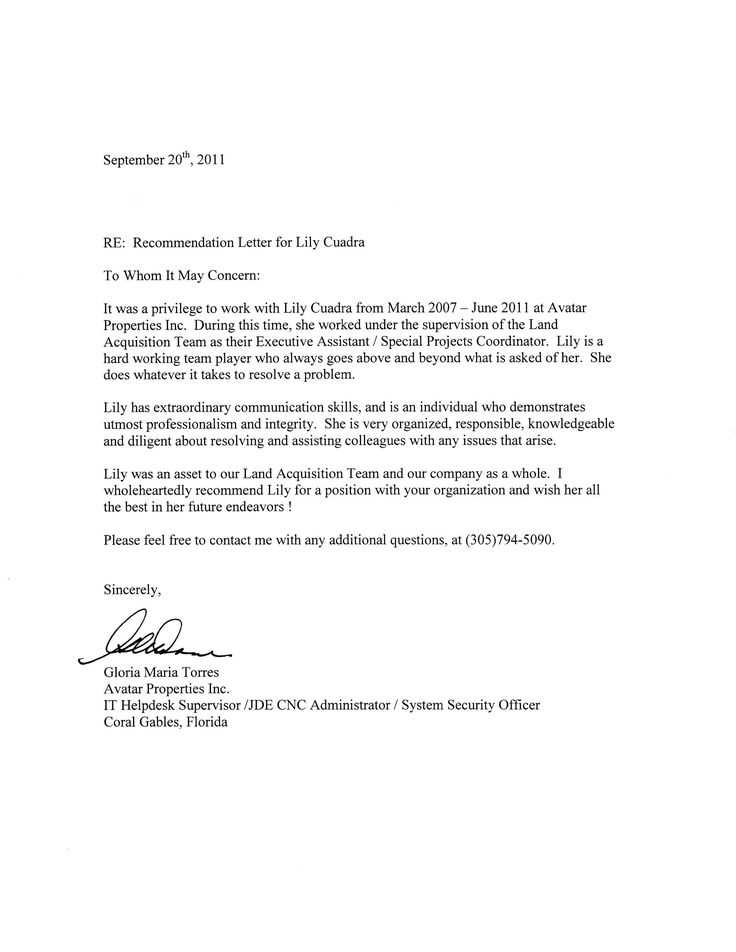
Crafting a well-structured and compelling reference is an essential skill for various professional and personal situations. Whether you are endorsing someone for a job, academic opportunity, or volunteer role, having a clear and concise guide can make a significant difference. A strong endorsement not only highlights the candidate’s strengths but also provides valuable context that can influence the recipient’s decision.
In this section, we will explore the fundamental components that make up an impactful reference. We will focus on how to structure your message, the key points to cover, and tips for making the content resonate with the reader. By following a clear format and choosing the right words, you can help someone stand out in the best possible way.
How to Write a Strong Recommendation
When endorsing someone, it is crucial to convey their qualifications, character, and potential effectively. A well-crafted endorsement can highlight the individual’s abilities and make a lasting impact on the reader. To do so, it’s important to follow a clear structure, use impactful language, and provide relevant examples that showcase the person’s strengths.
Start with a Strong Introduction
The introduction sets the tone for the entire message. Begin by explaining your relationship with the individual, how long you’ve known them, and in what capacity. This establishes your credibility and context for the endorsement. A brief but sincere opening can grab the reader’s attention and provide essential background.
Highlight Key Strengths with Specific Examples
Instead of making generic statements, focus on specific qualities and skills that make the individual stand out. Use real-life examples to illustrate these strengths, whether it’s their problem-solving abilities, leadership, or commitment. Concrete details are much more persuasive than vague descriptions and help the reader visualize the person’s potential.
Key Elements of a Recommendation Letter
To craft a compelling endorsement, certain components must be included to ensure the message is clear, structured, and persuasive. These elements not only support the individual’s qualifications but also provide context for the reader, making the overall recommendation stronger. A well-rounded and thoughtful approach will help convey the person’s true potential effectively.
The first crucial aspect is the introduction, which should establish the connection between you and the person being endorsed. This provides the reader with insight into the context of your relationship and your ability to assess the individual. Following this, it is important to highlight specific skills, accomplishments, and personal traits that make them a strong candidate. Concluding with a clear and positive closing reinforces the strength of your recommendation, encouraging the reader to take action or consider the individual favorably.
Common Mistakes to Avoid in Letters
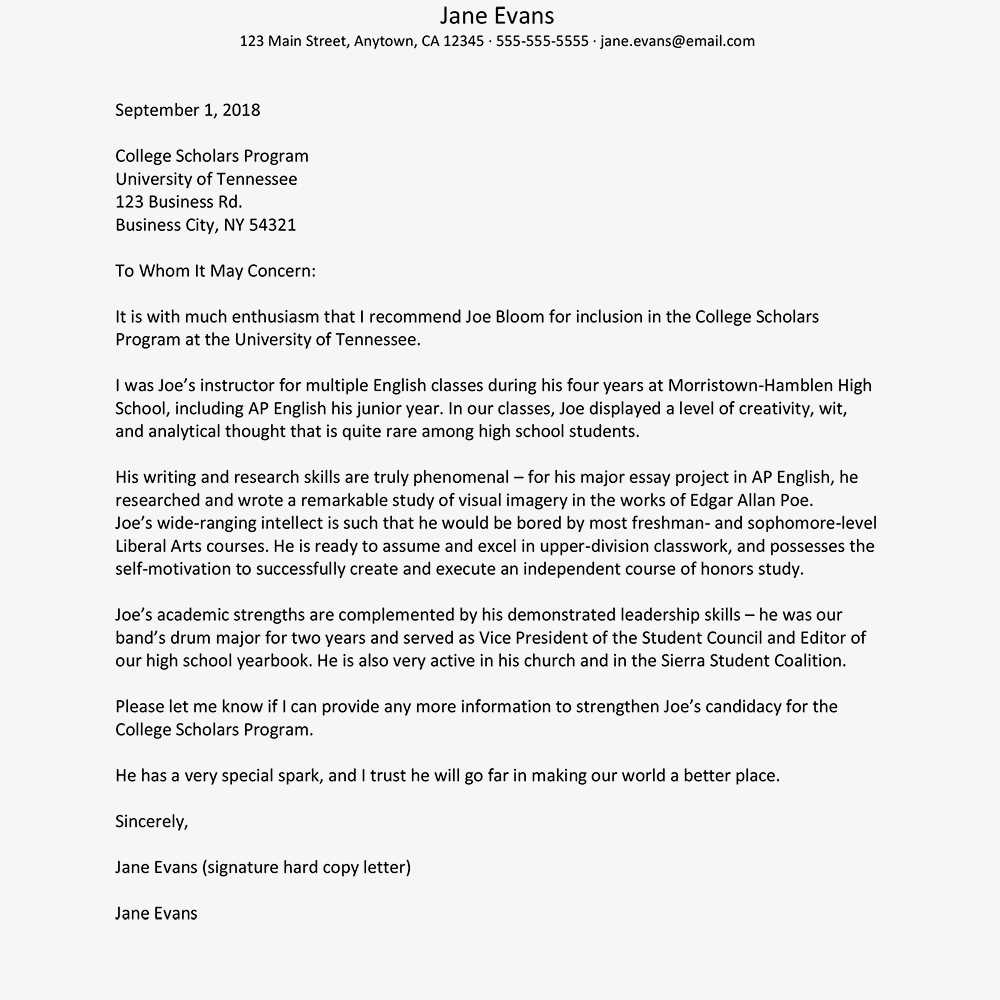
When writing an endorsement, there are several common pitfalls that can weaken the impact of the message. These mistakes can cause the content to appear unconvincing or less professional, which may negatively affect the individual being endorsed. Avoiding these errors is crucial to ensuring your endorsement is effective and credible.
One frequent mistake is being too vague or general. Statements like “they are a great person” or “they will do well” lack substance and fail to provide meaningful insight. Instead, focus on specific traits and examples that demonstrate the person’s strengths. Another common issue is using overly formal or stiff language, which can make the endorsement sound insincere or detached. Striking the right balance between professionalism and warmth is essential to make the message feel genuine and personal.
Personalizing Your Recommendation Template
To make your endorsement truly stand out, it’s essential to personalize the content for the individual you’re supporting. Generic or one-size-fits-all messages can feel impersonal and fail to highlight the unique qualities of the person being endorsed. Tailoring the message not only shows your genuine support but also makes it more impactful for the reader.
Start by considering the specific role or opportunity the individual is applying for and adjust the tone and focus accordingly. Mention relevant skills, experiences, and personal attributes that align with the position or situation at hand. Additionally, incorporating anecdotes or examples from your own interactions with the person can add authenticity and depth to the recommendation, making it more memorable and persuasive.
Tailoring Letters for Different Situations
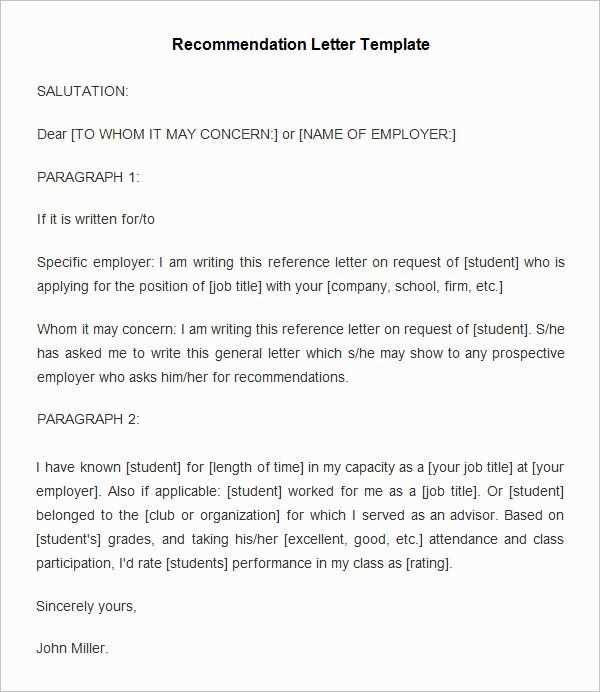
When writing an endorsement, it’s important to adjust the message to suit the specific context or purpose. Each situation requires a different approach, whether it’s for a job application, academic program, or volunteer opportunity. A personalized endorsement that speaks directly to the needs of the recipient will always be more effective than a generic one.
Job Application
For a job endorsement, focus on the person’s professional skills, experience, and work ethic. Highlight their qualifications in relation to the specific role they are seeking. Mention any achievements or successes that demonstrate their ability to excel in the workplace.
- Professional skills and expertise relevant to the job
- Work achievements and contributions
- Ability to work in a team or independently
Academic Program
In an academic context, emphasize the individual’s intellectual abilities, dedication, and enthusiasm for learning. Highlight their academic accomplishments, such as projects or research, and their potential for success in an educational setting.
- Intellectual curiosity and academic achievements
- Commitment to learning and growth
- Ability to contribute to academic discussions or projects
Formatting Tips for a Professional Letter
The format of your endorsement plays a critical role in how it is received. A well-organized and professionally structured message not only makes a good impression but also ensures clarity and readability. Proper formatting can highlight the key points, making it easier for the recipient to follow and appreciate the endorsement.
Structure and Organization
A clear and logical structure is essential for a professional presentation. Use short paragraphs and avoid long, dense blocks of text. Ensure that each section of the message flows naturally into the next, making it easy for the reader to follow the narrative.
- Start with a strong opening paragraph that introduces the person and your relationship to them.
- Follow with specific examples that highlight their skills and attributes.
- End with a strong closing statement that reaffirms your endorsement.
Font and Spacing
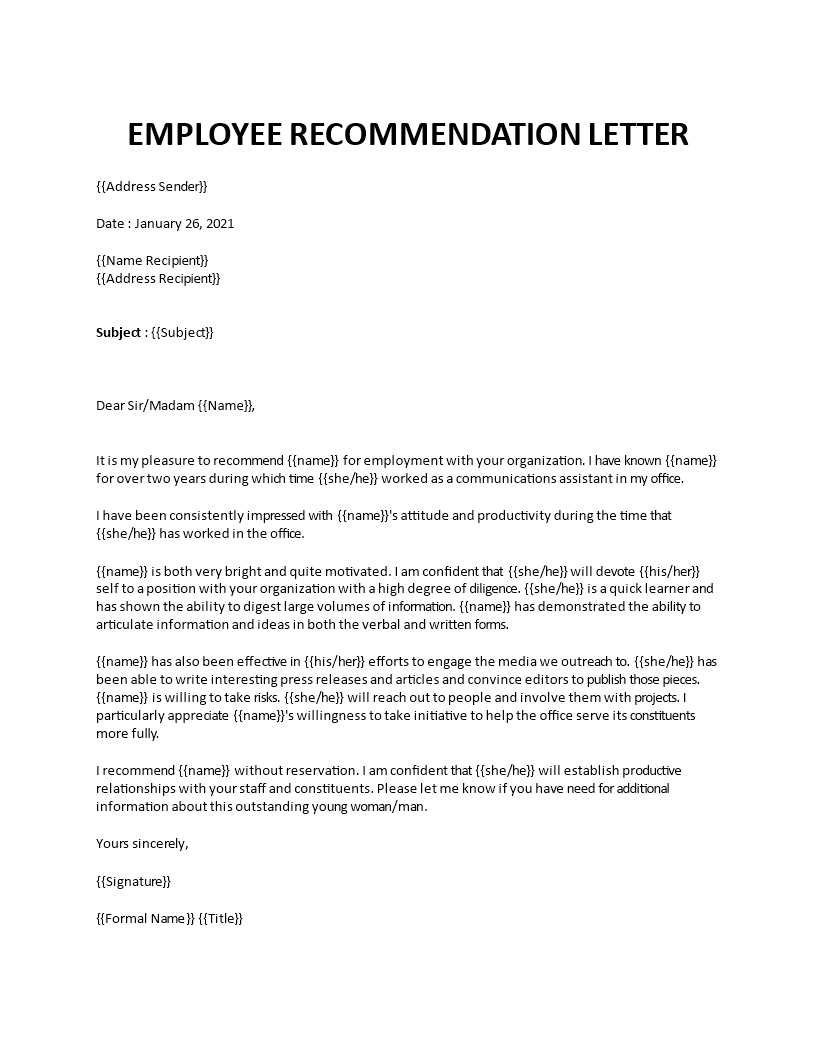
Choosing the right font and spacing is equally important in maintaining a professional appearance. Use a clean and readable font such as Arial or Times New Roman, and ensure that your text is appropriately spaced for easy reading. Keep the font size between 10 and 12 points, and leave enough space between paragraphs for clarity.
- Use a professional font (e.g., Arial, Times New Roman).
- Maintain proper line spacing (1.15 to 1.5 lines).
- Ensure enough white space to avoid clutter.
Best Practices for Closing Your Letter
Closing your endorsement effectively is just as important as the opening. A strong conclusion reinforces your support and leaves a lasting positive impression. It should convey confidence in the individual’s abilities while also maintaining professionalism.
Summarize Key Strengths
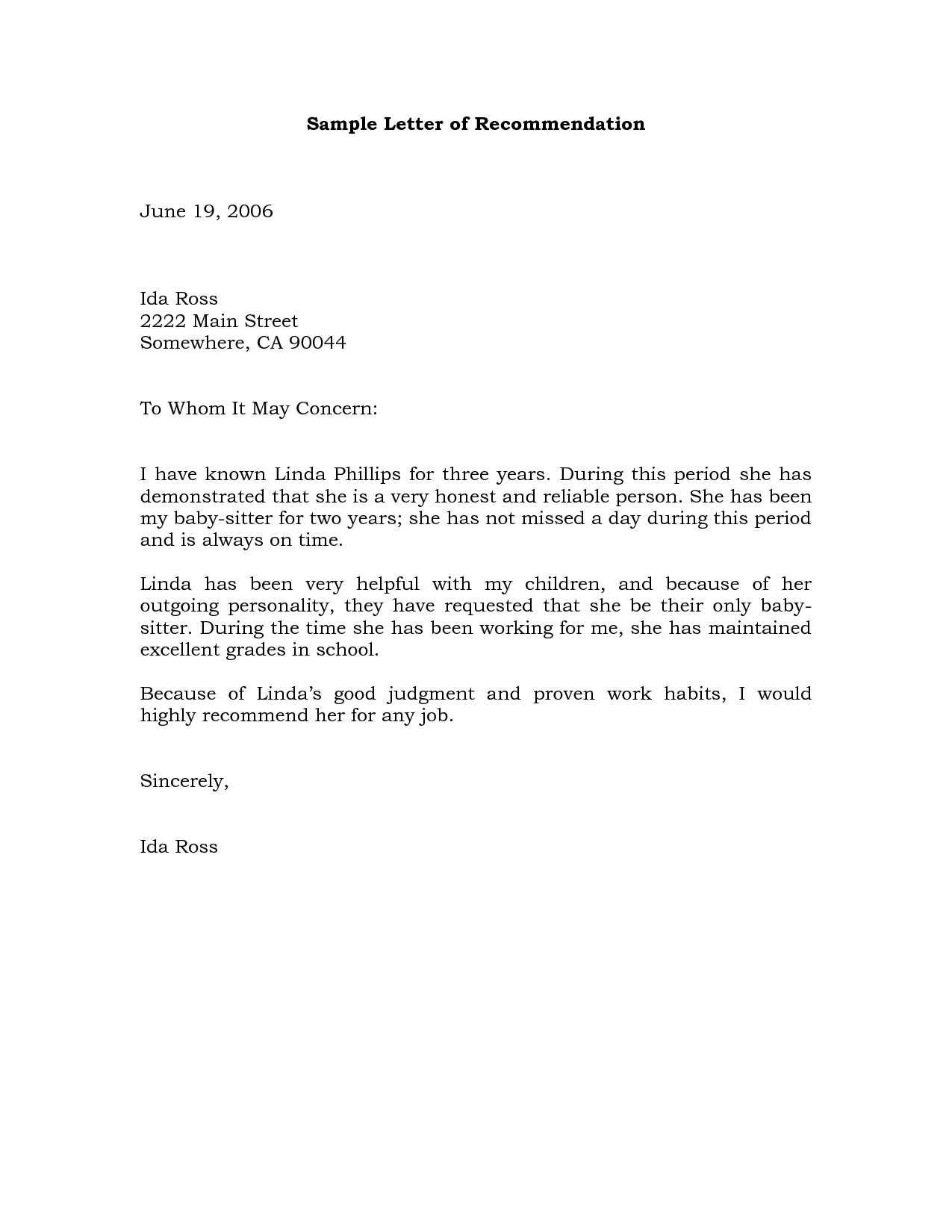
Before concluding, briefly summarize the key qualities and achievements of the person you’re endorsing. This not only reinforces the message but also reminds the reader of the individual’s most valuable attributes. Make sure your summary is concise and directly relevant to the opportunity at hand.
| Key Strengths | Examples |
|---|---|
| Professionalism | Demonstrated strong leadership skills in project management. |
| Creativity | Consistently developed innovative solutions for complex problems. |
| Dedication | Always went above and beyond expectations to meet goals. |
End with a Call to Action
Finish your message by inviting the reader to reach out for further information. Offering to discuss the individual’s qualifications in more detail shows you are open to assisting further and reinforces the strength of your endorsement.